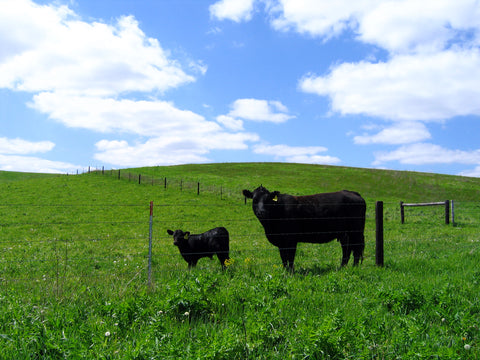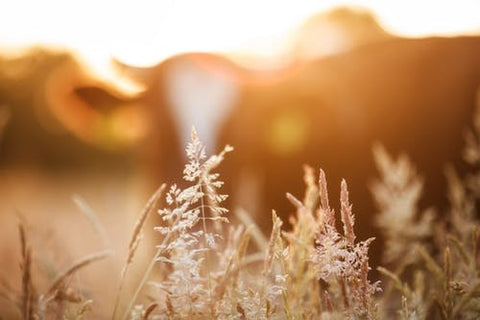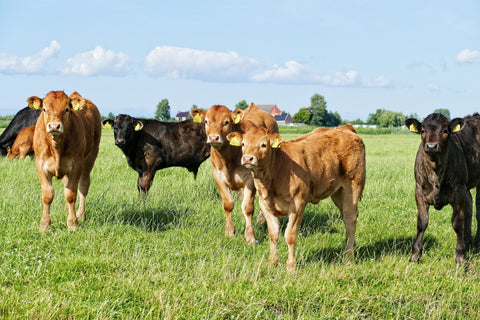Written by: Henry Holloway, The Mill President
Many producers want to seed their pastures in the spring, as this is when dead spots and weedy patches become evident. By seeding in the spring, producers are able to fill in those undesirable patches making their pastures look fuller and greener. However, spring seeding of forages presents a number of challenges when considering the longevity of the new seedling. Forages that are grown and grazed in the Mid-Atlantic Region are primarily cool-season forages due to the length of our grazing season (March to November). Cool-season forage seeds require the soil temperature to be around 55oF for germination and need consistent moisture. Therefore, most cool-season grasses planted in the spring will not germinate until after the middle of April.
Given that, spring seeded forages need to be well managed in order to keep them viable long-term. As temperatures rise going into summer, and the risk of reduced rainfall increases, the immature roots of new seedlings are susceptible to drying out and causing the new seedling to die. The young forage shoots need to receive consistent rainfall in order to keep the forage roots viable, particularly in summer. Plus, with the annual broadleaf and grassy weeds coming out in full force in the spring, the new forage seedlings will be facing stiff competition unless those weeds are closely managed. Thus, spring seeding, although possible, requires close management that doesn’t fit into all production systems. In reality, the best time to plant forage seed for long term success is in the late-summer/ early-fall, which brings a more ideal combination of moisture and temperature for optimum germination and growth of dense, high-quality forage.
In contrast to spring, the warmer soil temperatures in the late-summer/early-fall allow for faster and more consistent germination. Furthermore, the daily air temperatures are cooling down which is preferred by cool-season forages and allows for faster establishment. Additionally, this region generally gets reliable moisture in the late-summer/early-fall, keeping those seeds and immature roots moist but not overly saturated. As an added bonus, most of the annual broadleaf and grassy weeds are nearing the end of their annual cycle at this time, and they won’t be competing with your immature forage seedlings. With the seasonal change into winter, the plant will go dormant, but the roots of those fall-seeded forages will continue to grow and mature underground. As temperatures warm up with the arrival of spring, the seed you put down in the fall will have developed into a strong, mature plant that will grow quickly and produce multiple cuts of high-quality hay or provide terrific grazing.
We have many options of forage seed to choose from to suit your production goals, whether it’s for quick establishing seed for successful short term grazing, or long term forage establishment. Give us a call with any questions you may have!

























